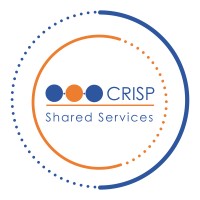
HEMOSC
O HEMOSC é o Hemocentro Coordenador de Santa Catarina, responsável por todas as ações de captação de doação voluntária de sangue e aféreses e uso de sangue para fins terapêuticos. Além disso, tem a atribuição de garantir a qualidade e o controle da coleta, qualificação do doador, produção dos hemocomponentes, estocagem e distribuição desses, além de promover o desenvolvimento de conhecimento científico e tecnológico na área. Conta com uma cobertura em 98% do estado, com sete hemocentros, duas unidades de coleta e oito agências transfusionais localizadas em Blumenau, Chapecó, Criciúma, Florianópolis, Jaraguá do Sul, Joaçaba, Joinville, Lages e Tubarão. Contamos com sete hemocentros, localizados nas cidades de Blumenau, Chapecó, Criciúma, Florianópolis, Joaçaba, Joinville e Lages, e com duas Unidades de Coleta nas cidades de Jaraguá do Sul e Tubarão.






